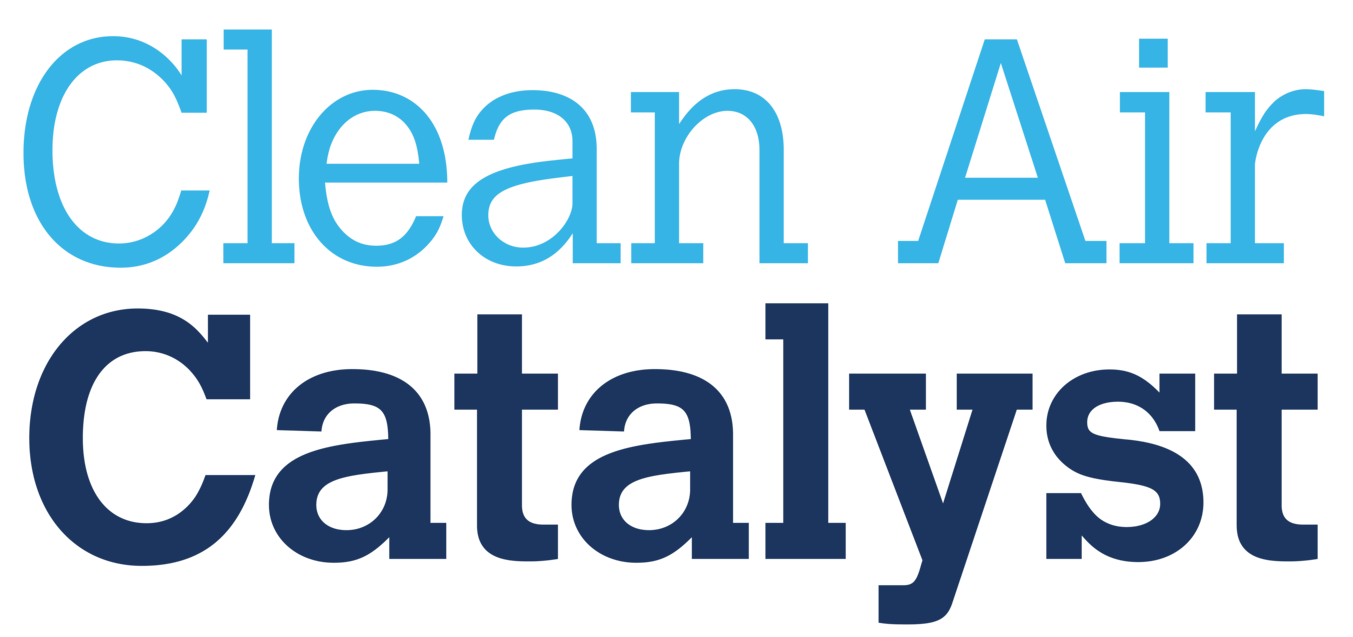Building a Transparent, Inclusive and Systematic Process for Prioritizing Sources of Air Pollution
Acting on air pollution has the potential to deliver benefits on air quality, advance climate commitments, improve health and reduce disparities across gender, social and economic groups in cities. However, air pollution decision-making rarely takes these additional dimensions into consideration and often misses opportunities to maximize benefits across these important domains.
Indore, India and Jakarta, Indonesia both have an increasing air pollution problem, resulting in poor health and thousands of deaths among residents every year. Overlapping climate and air pollution exposures, as well as vulnerability and health burdens, result in higher impacts among disadvantaged populations.
Through our work, Clean Air Catalyst aims to support reductions in air pollution that deliver health, climate, gender and equity benefits. A critical step in this effort is to prioritize sources, activities and communities within the cities that take these factors into account.
A novel tool to see air pollution sources in a different light
To prioritize air pollution sources in a way that takes gender, health, climate and equity into account, we developed a decision support framework to help us systematically acquire local knowledge and scientific inputs from on-the-ground scientists and stakeholders.
The decision support framework is a quantitative survey that builds off of existing knowledge, government reports and scientific literature on air pollution in Indore and Jakarta by asking questions that help fill information gaps on how and who air pollution effects in these cities.
We asked the Catalyst local team members, scientists and stakeholders to fill out the decision support framework survey which had them evaluate and rank sources with respect to the contribution to air pollution, climate and health, as well as the impact on people from different genders and socioeconomic backgrounds in these cities. This provided a starting point for fruitful discussions at the two respective science workshops that were held at the start of the year.
Key insights from the decision support framework
In Indore, existing literature and data notes that transportation sources are the largest contributors to air pollution. However, when we take into account air pollution sources that have a large impact on climate and health, sources such as industry, thermal power plants, diesel generators and waste burning emerge. If we look at sources that have an impact on equity and gender, we also begin to see heightened opinion of disparate exposures from the burning of solid fuels in households.
The decision support framework survey provided a transparent structure through which different aspects of source contributions could be interrogated and narrowed in places with limited data. The survey also identified key information gaps and areas of uncertainty. While it is an important step forward, the results of the decision support framework survey do not represent a final selection of sources. Although the framework is flexible, opinion can be imperfect, out-of-date or biased; and existing science may not fully capture the current local realities in rapidly transitioning economies. This represents a process that uses currently available, not-always-perfect information to narrow air pollution sources for action while also considering climate, health, gender and equity.
What’s next
Ongoing scientific work by the Catalyst team will continue to hone our pollution source priorities and fill information gaps. Across both cities, we are also soliciting community and local stakeholder input on their priorities with respect to sources. Our consultations will culminate this year with the selection of a source and community to focus our work on moving forward.
The top four sources as identified by the decision support framework survey are waste burning, household solid fuel, road transport and large Industrial activity. These results will be used in further discussions for source prioritization.

